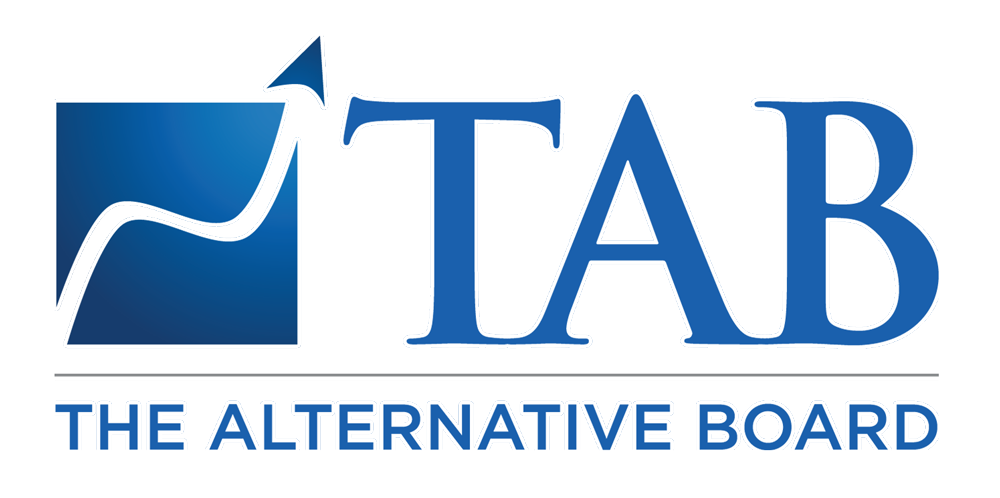Communicating Your Strategic Plan
This is the third article in a four-part series focusing on Strategic Planning. Here are links to the first two articles in this series, “A Strategic Plan is Your Map to Future Success” and "Creating a Winning Strategic Plan. Don’t Just Dream It. Do It!"
After putting in the research and time to create a strategic plan, many business owners fall short in their efforts to effectively communicate and implement their plans. Be sure to take the time to create an effective communication plan.
First, a quick review. Strategic planning is a four-part process that includes:
● Preparing
● Prioritizing and Creating the Plan
● Communicating the Plan
● Implementing, Measuring and Rewarding
You can learn more about the first two steps in our previous blogs. In this blog we offer some ideas to help you communicate your strategic plan to your team so they incorporate it into their everyday activities at your business.
STEP 3: COMMUNICATING YOUR PLAN
===============================
Here are some methods TAB-CNJ members use to communicate their visions and motivate their teams to push their strategic plans forward.
1) Develop Your Message
Before you introduce the plan to your company, take some time to develop your message. To be effective, the message should be easy to understand, compelling, and to the point. You’ll want to ensure that:
● Employees understand the plan, including how it influences the company’s future success and the roles they play in its implementation.
● The message conveys a sense of urgency in getting the plan underway and successfully implemented.
● Employees understand the plan’s specific deliverables and how success will be measured.
● The plan is communicated to all employees.
Keep these tips in mind when creating your message:
● What key messages do you want employees to remember after your presentation?
● Does the message meet employees at their knowledge levels?
● Is your message easy to understand?
2) Determine the Method to Communicate Your Message
Choose a method to communicate the message that matches your work environment. In-person group meetings might be ideal for office-based employees, while remote employees might be better served with an online meeting or another method.
Whenever possible, introduce the plan to all employees at the same time.
3) Demonstrate Your Passion and Commitment to the Plan
Have the business owner introduce the plan. This shows that he or she is passionate about the plan and that the information is coming from the company’s highest level. Be prepared to answer questions and provide further explanations and clarifications about the plan if necessary.
Employees really value the opportunity to hear the vision directly from the owner and appreciate the time you take to explain the mission.
4) Communicate Employee Goals and Deliverables
Create and communicate clear goals for employees and teams that lead to company success. As we discussed in our last blog, “Creating A Winning Strategic Plan. Don’t Just Dream It. DO IT!”, you can foster employee success if you engage in a consistent process in which goals:
● Are SMART. ● Are quantifiable, measurable, or observable with a clear definition of success. ● Have established metrics, milestones, or specific behaviors to measure progress along the way. ● Are linked to performance review/compensation. ● Logically tie in to the strategic plan.5) Repeat, Repeat, Repeat. And then Repeat again.
Continue to reinforce the strategic plan often and in different ways so the ideas presented in the plan take hold and become a mantra. There are many ways to broadcast the vision.
Newsletters, emails, and pop-ups that publicly report on company or team progress against goals are a great way to keep employees involved and up to date. Another option are team meetings. Team meetings offer an opportunity to reinforce the plan and keep everyone involved.
Team Meeting Tips:
● Schedule regular team conversations where progress against the plan is a standard agenda item. ● During meetings engage your staff, address concerns and generate ideas. ● Develop a consistent process to discuss what’s working/not working.You may want to develop a checklist of the key communications points your managers and team leaders can use in staff meetings to ensure the message remains clear and consistent throughout the process.
6) Appoint Company Ambassadors to Amplify the Message
Throughout the implementation process dispatch your management team and “bright stars” to talk about the plan, what it looks like in practice, and why it’s important that the company sees it through to completion.
7) Encourage Feedback
Communication isn’t a one-way street. Make room in your communications efforts for feedback. Feedback can be an effective tool to learn how the implementation is going.
Support for Small Business
TAB CNJ (The Alternative Board™ of Central New Jersey) has the resources you need if you’re unsure of your strategic planning abilities or are striving to create a strong plan that truly meets your needs.
As a member of TAB CNJ, you’ll have access to a structured, proven strategic planning method led by a trained business coach. Member companies also participate in peer-advisory boards that bring together like-minded business owners from a variety of industries. TAB advisory boards provide valuable ideas, insights and honest feedback with the goal of helping each other’s businesses thrive.
With TAB CNJ you can create a strategic plan that provides a workable path to meet your needs and goals.TAB Benefits
TAB CNJ offers a host of services developed exclusively for busy entrepreneurs. From individualized coaching and workshops to expert speakers, robust business tools and invaluable TAB connections, TAB helps business owners and leaders navigate difficult business conditions, discover new opportunities and achieve their strategic goals.
Next Up: Implementing, Measuring and Rewarding
